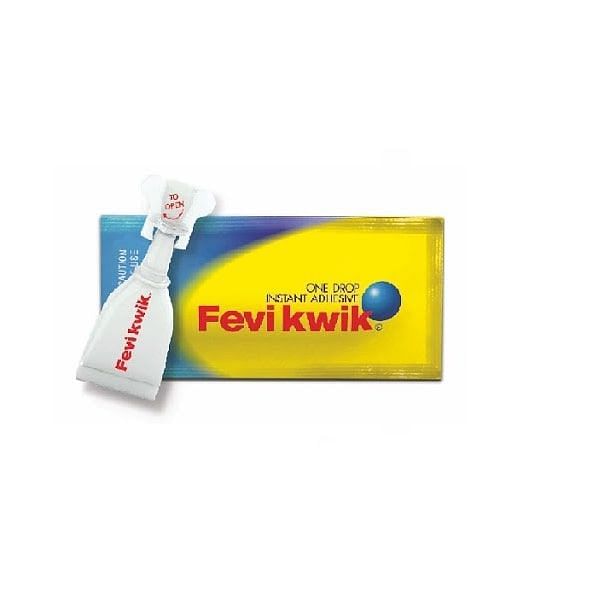How to Remove Feviquick From Hand - Man Matters

Feviquick is a type of cyanoacrylate mixture that is used for sticking objects. But what happens if it sticks to your hand? Here's how to take it off. Read on to learn more, and use the methods listed below to remove Feviquick from your hand safely.

How to Remove Feviquick From Hand
1) Use Soapy Water
Unless the fevikquick isn't fully dry, it can help to soak the affected area in moist, soapy water. Fill a tub or bucket with very warm water and soap or detergent but not hot water. Wash the affected area for 5 to 10 minutes. When the glue is soft, rub it gently or peel it off the skin. Don't continue the process if it is painful or appears to tear the skin.
2) Use Lemon Juice
The acid in lemon juice may help remove Feviquick. This remedy works best on small feviquick patches and to separate glued-together skin. Put in a bowl of lemon juice and soak the skin gently for 5 to 10 minutes. Then use a toothbrush or cotton swab to directly rub the lemon juice onto the skin. Rub the skin to loosen the glue with a dry washcloth, then wash the hands and moisturize.

3) Use Butter, Oils
Butter and oils, such as coconut or avocado oil, can help separate fingers which are stuck with feviquick together. First, try soaking the skin in warm water to break the adhesive, then rub oil or butter onto the feviquick. Apply more oil and massage until the glue leaves the area.
4) Use Acetone or Nail Polish Remover
Most removers of nail polishes contain a strong solvent called acetone that can dissolve feviquick. Before attempting to remove the item, make sure the removal chemicals are safe to use. For instance, using acetone on something with peroxide is unsafe. Rinse the product, where possible, before using acetone. Acetone can change the colour of particular objects, especially if they are plastic.
Pour the nail polish remover into a bowl and soak the skin for a minute. Continue to soak for 1 minute until the glue bond is dissolved. Acetone is highly harmful and can dry out and irritate the skin, so washing the hands thoroughly afterwards is vital. While using acetone, people with eczema or dry skin conditions can experience pain and dryness, so use a gentle moisturizer until the skin improves.

5) Peeling Motion
First, when the skin sticks to another surface or a finger sticks to another finger, soak the area in warm, soapy water. Then gently try to separate the object from the skin using a blunt object, such as a spoon handle. Use a rolling motion or peeling motion instead of attempting to rip the skin apart if it's painful. Be very careful not to break the surface of your skin.

Summing Up
We hope you have dealt with the pesky mess of feviquick. Before attempting anything else, scrape and wiggle the glue area first, if necessary. Feviquick is a fantastic invention that has made DIY easier for many people.
In spite of this, feviquick seems to always get into trouble; if you've got feviquick issues, try the steps outlined below; they'll help! Once you are familiar with removing feviquick, you should be more patient and careful when handling this super glue.

